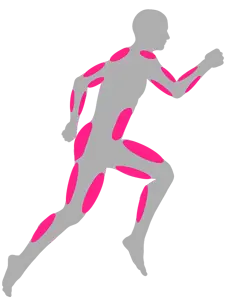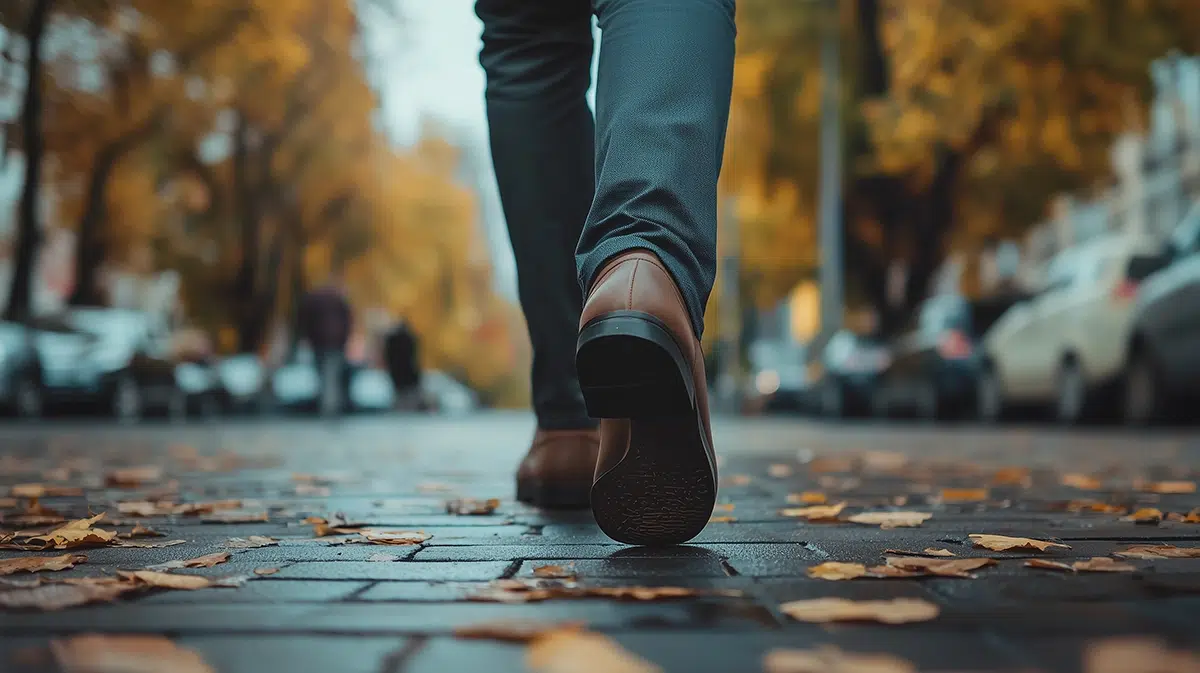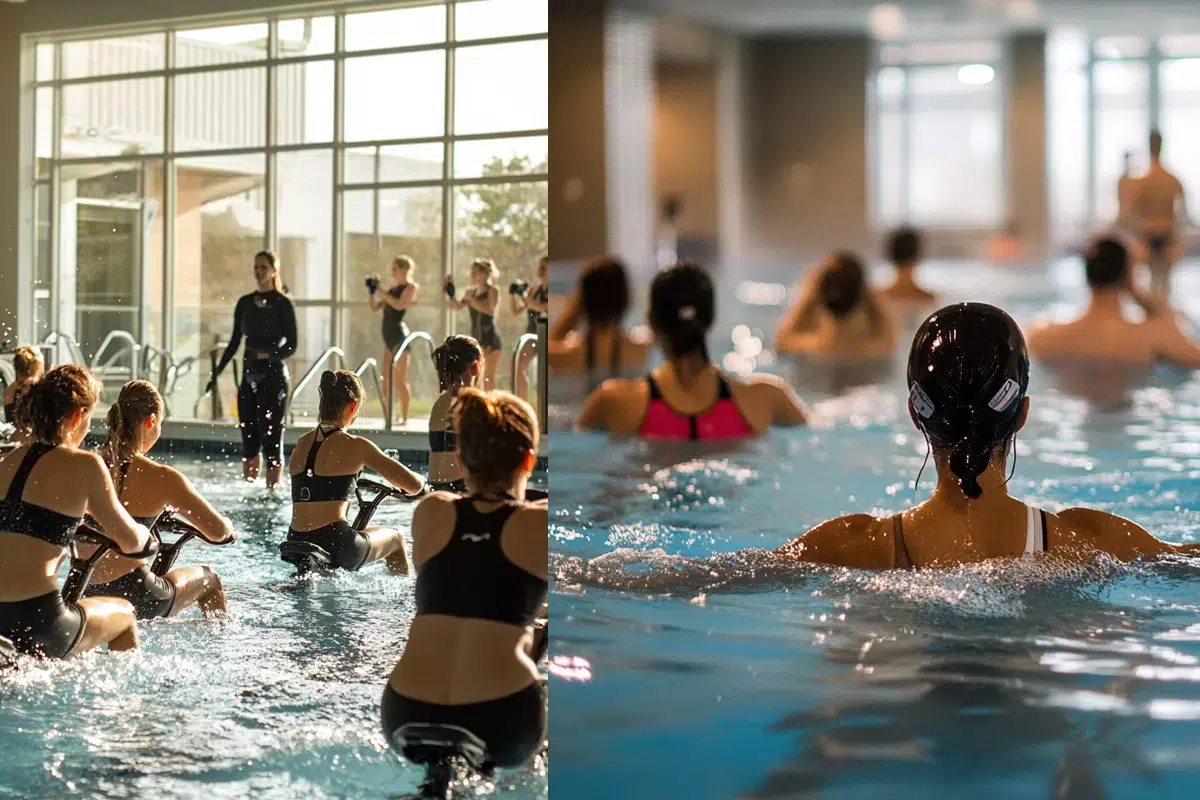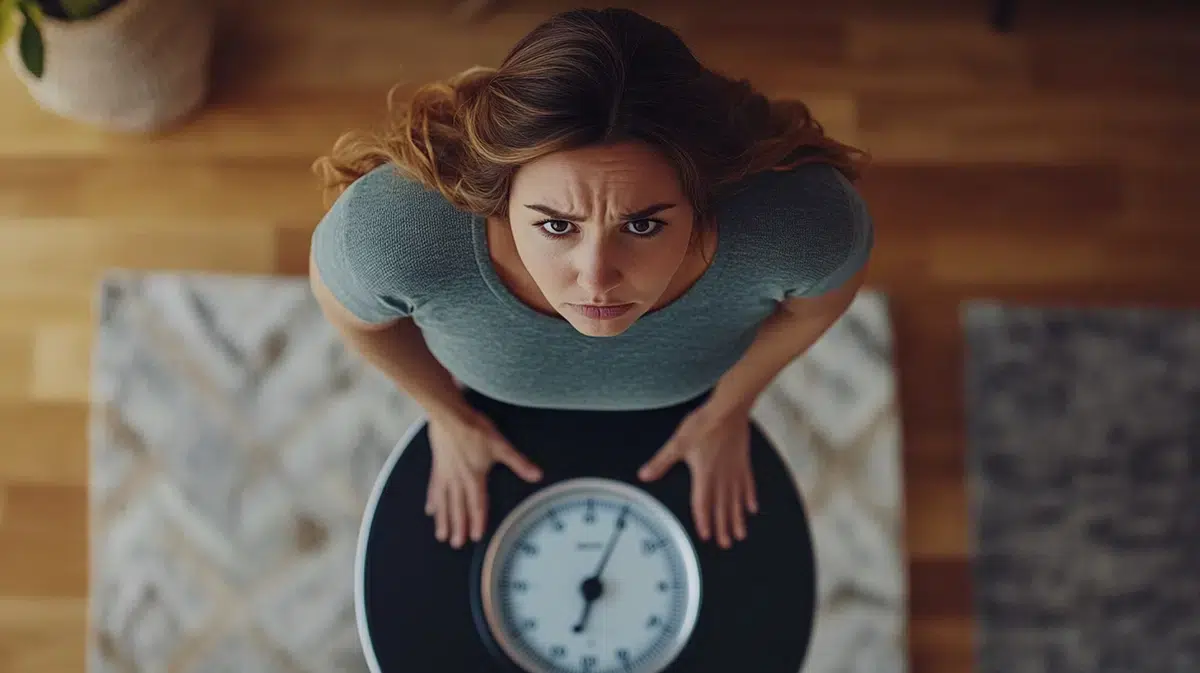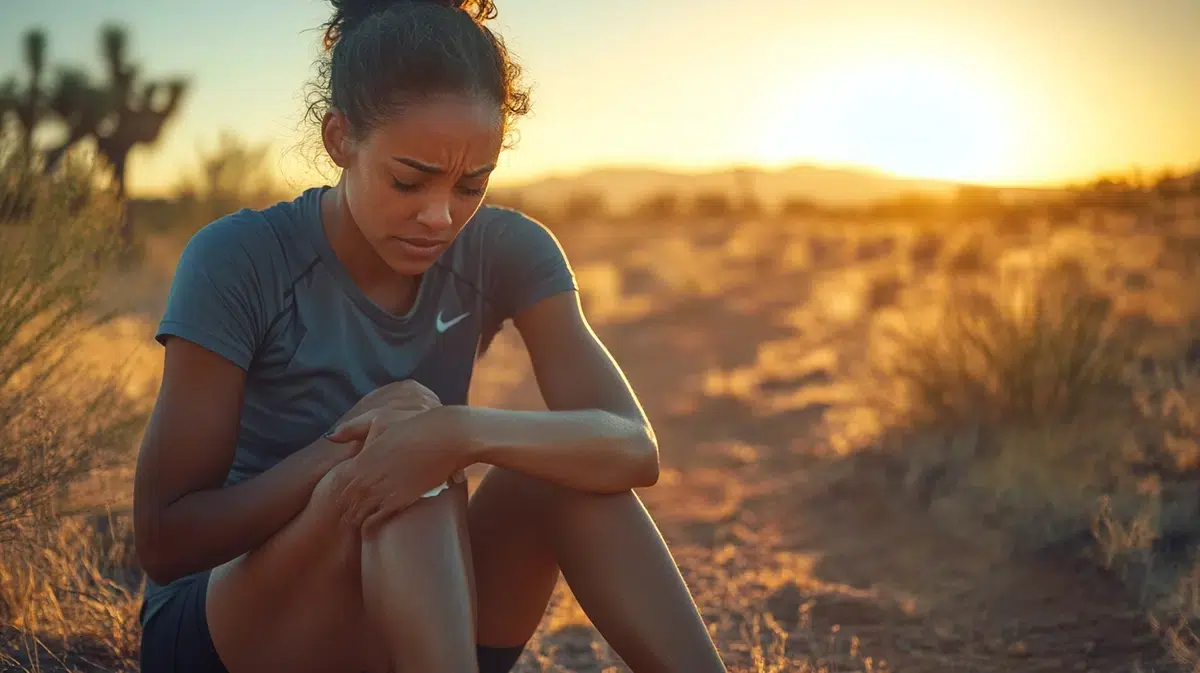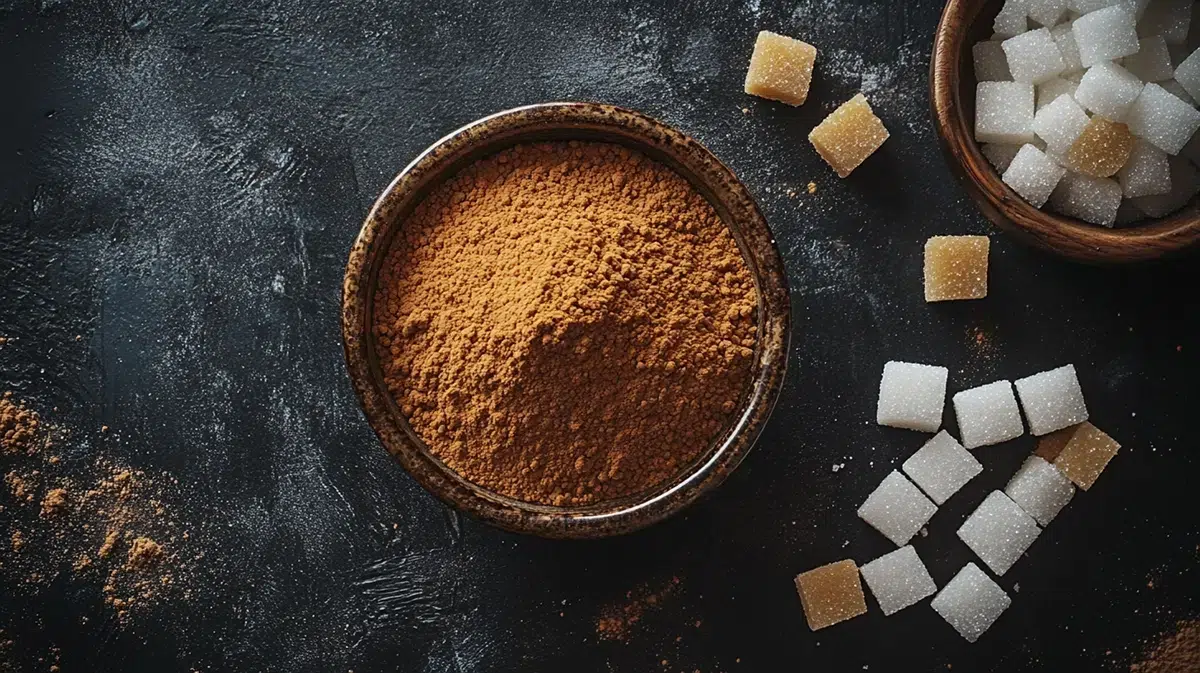Show summary Hide summary
Which muscle group are we activating when running?
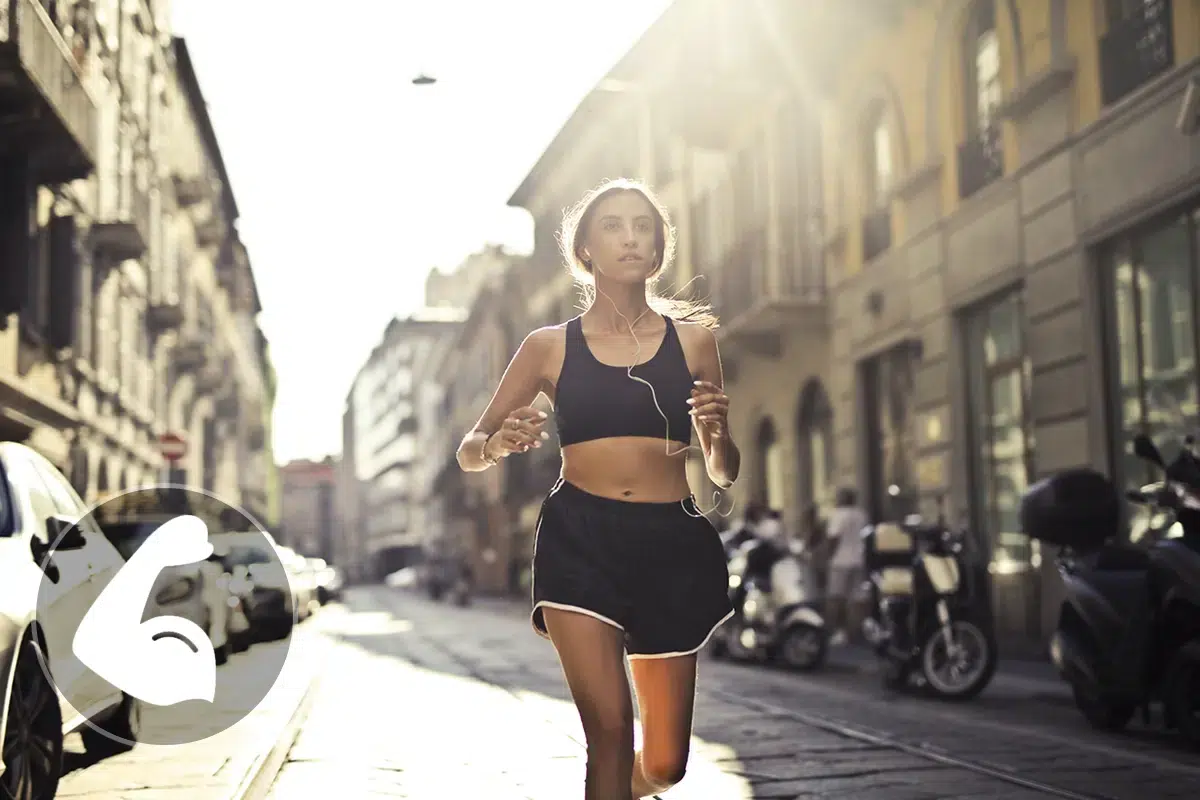
Everything you need to know about running
What muscles does running work? What parts of the body are we using and toning when jogging? Use the tool below to see the list of all the body parts that are trained while running!
Running or jogging for fitness and strength training
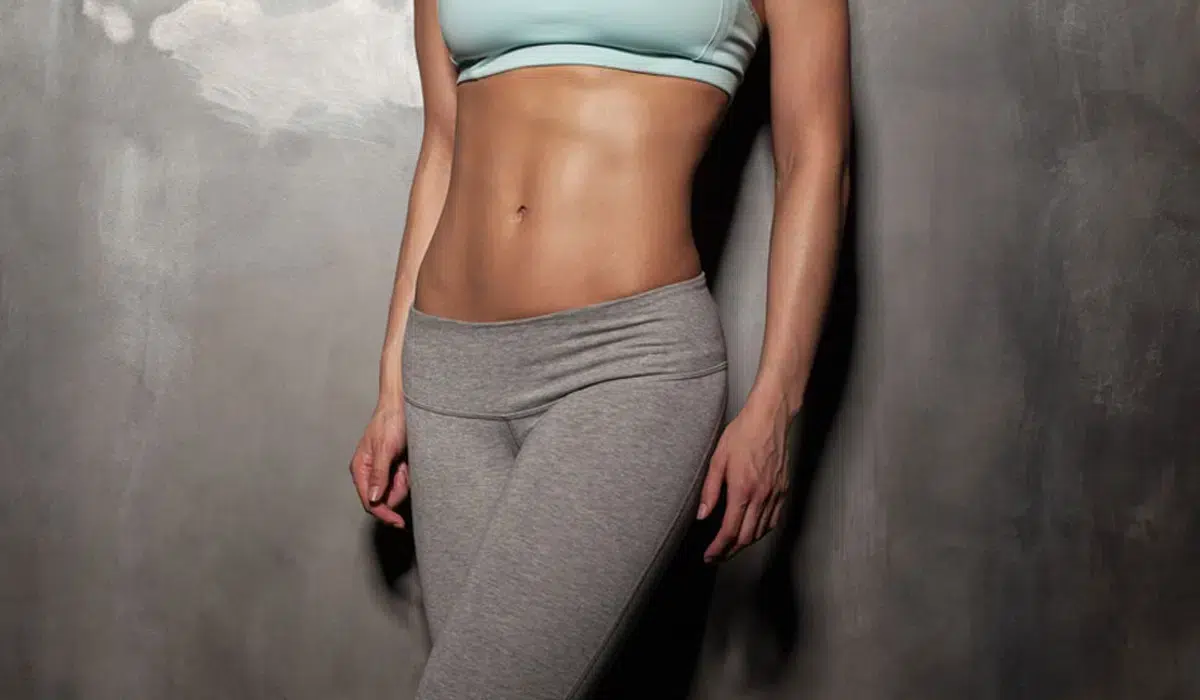
What muscles are we training when running?
Depending on the sport you do, certain areas of the body will be worked harder than others, but what about when you run? Will you tone and refine your figure by running, jogging or running? Below is a list of the muscles and muscle groups strengthened and sculpted by running!
Upper limbs (shoulders, arms and forearms)
Running involves very little effort from the upper limbs, and then only through the swinging movements of the arms.
Trunk and pelvis (Chest, stomach and back)
- The abdominal muscles: These are made up of several layers of muscle(rectus abdominis, external oblique, internal oblique, transverse), whose function is to flex and rotate the trunk.
- The muscles of the back: The back groups together more muscles such as the trapezius, the dorsalis major, the rhomboids, the infraspinatus and the round muscle. These muscles play a variety of roles. From the dorsal to the lumbar muscles, they ensure the mobility of the arms and shoulder, maintain posture and protect the spine.
Lower limbs (buttocks, thighs and calves)
- The quadriceps: These are located at the front of the thigh. The quadriceps are each made up of 4 muscles (the vastus femoris or rectus femoris, the vastus lateralis, the vastus medialis and the vastus intermedius). These muscles facilitate flexion of the thigh on the hip and extension of the leg on the thigh.
- The hamstring muscles: Located on the back of the thigh, there are four of these muscles(biceps femoris, semitendinosus and semitendinosus). They flex the leg and extend the thigh.
- Calf muscles: Also known as the sural triceps, the calf muscles are made up of 3 muscle groups, including the soleus and the gastrocnemius. These muscles help to extend the foot down the leg
Running is a toning sport that helps to strengthen several muscles. It primarily involves the lower limbs. Running sculpts and muscles the thigh muscles (quadriceps, hamstrings) and calf muscles. In addition, maintaining your trunk during strides encourages muscle development in the stomach, abdominal and back muscles. If you want the benefits of running without leaving the house, a treadmill may be an alternative.
Other outdoor and nature sports: explore nature while staying active with outdoor sports
Outdoor sports are perfect for those who enjoy combining physical activity with nature. They offer an excellent opportunity to discover new landscapes while improving your physical fitness. Explore these outdoor sports to enjoy the great outdoors while training:
- Hiking: Trek natural trails to strengthen your heart and muscles.
- Horse riding: Develop balance and connection with horses during a horseback ride.
- Mountain biking: Improve agility and endurance on varied terrain with mountain biking.
- Nordic walking: Strengthen your upper body while improving endurance with Nordic walking.
- Power walking: Burn calories and improve cardiovascular health with brisk walking.
- Walking: Maintain health and improve fitness with daily walks.
- Cycling : Enhance fitness and cardiovascular health with regular cycling
Everything you need to know about running
What muscles are used in different sports?
All sports in detail!




